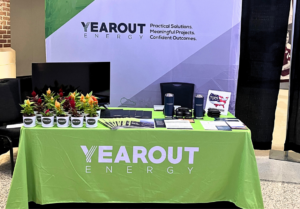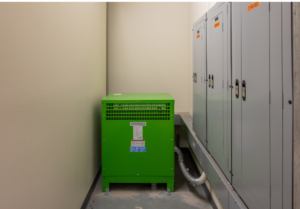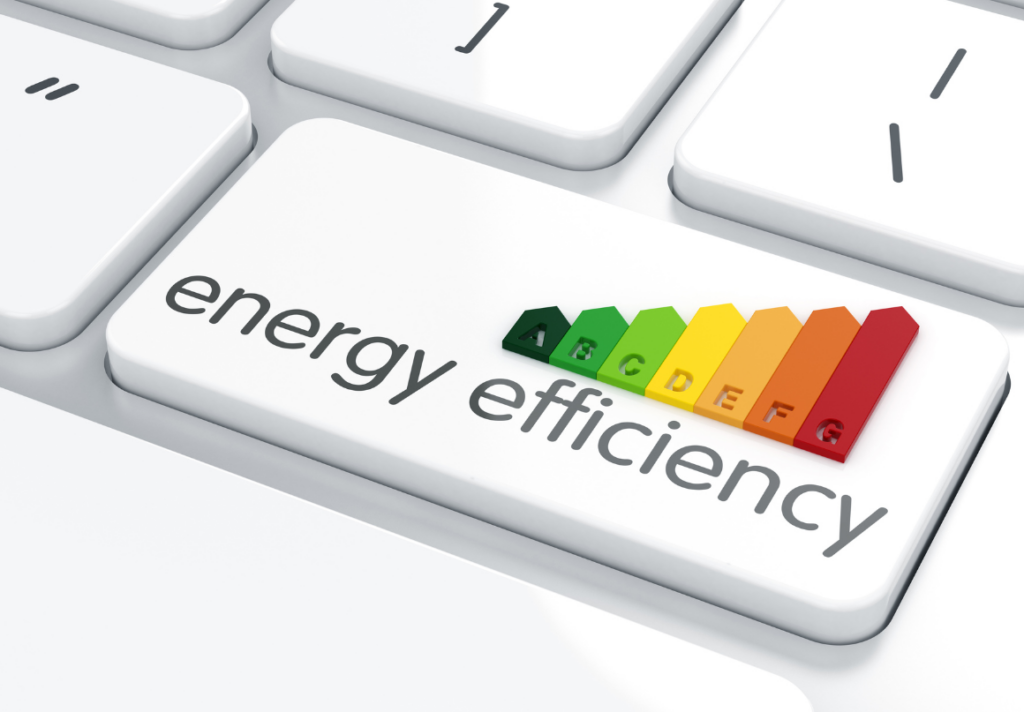In the dynamic landscape of modern business, the quest for efficiency has taken center stage, not only as a means to reduce costs but also as a pivotal step towards sustainability. Enter Energy Efficiency as a Service (EEaaS), a game-changing, off-balance sheet approach that transforms the way organizations pay for their capital improvements. In this blog post, we’ll unravel the intricacies of EEaaS, spotlighting the key actors involved and delving into the many benefits it brings to agencies.
Understanding Efficiency as a Service (EaaS)
Efficiency as a Service is a holistic solution designed to help organizations optimize their energy usage, reduce waste, and enhance overall operational efficiency. Unlike traditional models where agencies bear the upfront costs of energy-efficient upgrades, EEaaS flips the script. It brings together a synergy of experts, technologies, and financial models to provide a comprehensive package that empowers organizations to achieve optimal efficiency in their facilities without significant initial capital investment.
Key Actors in the EEaaS Ecosystem
1. Customers/Organizations:
At the forefront of the EEaaS ecosystem are customers or organizations seeking to enhance their energy efficiency. These entities collaborate with service providers to implement tailored solutions that align with their operational requirements.
2. Service Providers:
Central to the EEaaS model are service providers and specialized firms with expertise in energy management. These entities plan and execute energy-efficient solutions for their customers, ensuring a seamless and effective implementation through an Energy Services Agreement (ESA). These entities own and maintain the equipment with the customer paying a service fee from their existing operating budget – much the same as paying a utility company today.
3. Contractors/ESCOs (Energy Service Companies):
Collaborating with EEaaS providers are contractors or ESCOs responsible for physically implementing energy-efficient technologies. These partners contribute to the assessment and execution phases, ensuring the integration of smart systems, energy-efficient appliances, and other technologies that form the core of efficiency enhancements.

Source: https://betterbuildingssolutioncenter.energy.gov/financing-navigator/option/efficiency-a-service
Benefits of Efficiency as a Service for Agencies
1. Cost Reduction Without Upfront Investment:
EEaaS eliminates the financial barrier to entry for organizations. Service providers cover the initial costs of implementing energy-efficient technologies, allowing agencies to enjoy cost savings without needing a significant upfront investment. For public agencies, tax dollars can be used more efficiently directing funds towards essential public services rather than capital expenditures.
2. Performance-Based Payments:
One of the defining features of EEaaS is the performance-based payment model. Agencies pay service providers based on the actual energy savings achieved. This alignment of interests ensures that organizations only pay for tangible results.
3. Risk Mitigation and Expert Maintenance:
EEaaS providers assume the responsibility of ongoing maintenance and monitoring. This not only mitigates the risk associated with technology performance but also ensures that agencies benefit from the expertise of professionals in managing and optimizing energy-efficient systems.
4. Access to Specialized Knowledge:
EEaaS providers and ESCOs bring specialized knowledge and experience to the table. Agencies can tap into this expertise to identify and implement the most effective energy-saving measures, ensuring continuous improvement and staying ahead of the curve in energy efficiency.
5. Data-Driven Decision-Making:
EEaaS often includes robust monitoring and reporting features, providing agencies with valuable data on energy consumption patterns. Informed by these insights, agencies can make data-driven decisions, optimizing the use of funds for maximum impact.
6. Environmental Impact and Sustainability:
Beyond financial gains, EEaaS contributes to environmental sustainability. Organizations can reduce their carbon footprint by optimizing energy usage and aligning with global initiatives for a sustainable future.
Conclusion: Empowering Agencies for Efficiency Gains and Infrastructure Improvements
Energy Efficiency as a Service emerges as a beacon of innovation in energy management and infrastructure improvements by removing and breaking down financial barriers and offering performance-based incentives. As organizations strive for efficiency, EEaaS emerges as a transformative ally, reshaping the energy management landscape for a future marked by fiscal responsibility and pragmatic environmental stewardship.









